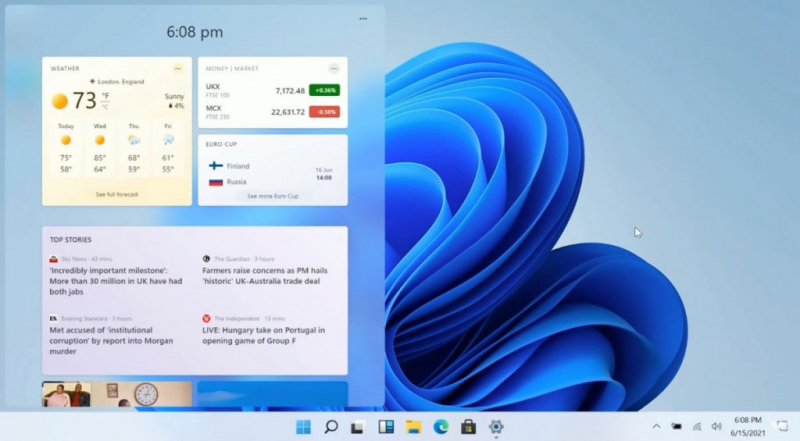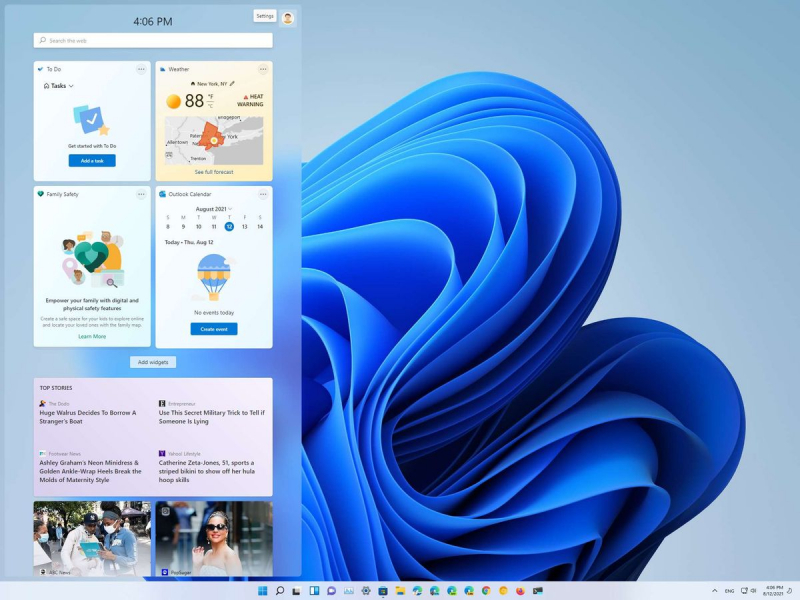Use widgets
Windows 11 widgets offer users customizable and interactive information displays, such as weather updates, news headlines, and calendar events, directly on their desktop for quick access to relevant data. Most of us have used widgets on our phones at some point. Without requiring us to launch the program and make numerous clicks to obtain the information we need, compact tiles provide information to us instantly.
Furthermore, Windows 11 supports third-party widgets in addition to its own. Windows 11 widgets are so simple to use and very helpful that the article suggests you get started with them right away. If your Windows 11 widgets are using a lot of CPU power, there is a simple cure. Small programs or elements known as widgets give users rapid access to particular features or information on their desktop or home screen. They provide a practical alternative to opening entire apps to view and interact with content. Here are a few instances of applications for widgets:
Without opening a separate weather app, you can easily check the temperature, precipitation, or impending weather changes with a weather widget that shows the current weather conditions and predictions for your location. Your upcoming tasks, activities, and appointments may be displayed right on your desktop or home screen with a calendar widget. It offers a brief overview of your calendar, assisting you in maintaining organization and making better use of your timetable.
Your preferred news providers' headlines and updates can be obtained through a news widget. You can stay up-to-date on current events without opening a news app or visiting several websites, thanks to it. You may manage your music playback straight from your home screen or desktop with a music player widget. Along with playback options like play, pause, skip, and volume adjustment, it usually shows the music that is currently playing.
Pros:
- Quick Access to Information
- Personalization
- Efficiency and Productivity
- Multitasking
- Real-Time Updates
Cons:
- Distraction
- Resource Consumption
- Limited Customization
- Compatibility Issues
- Learning Curve









